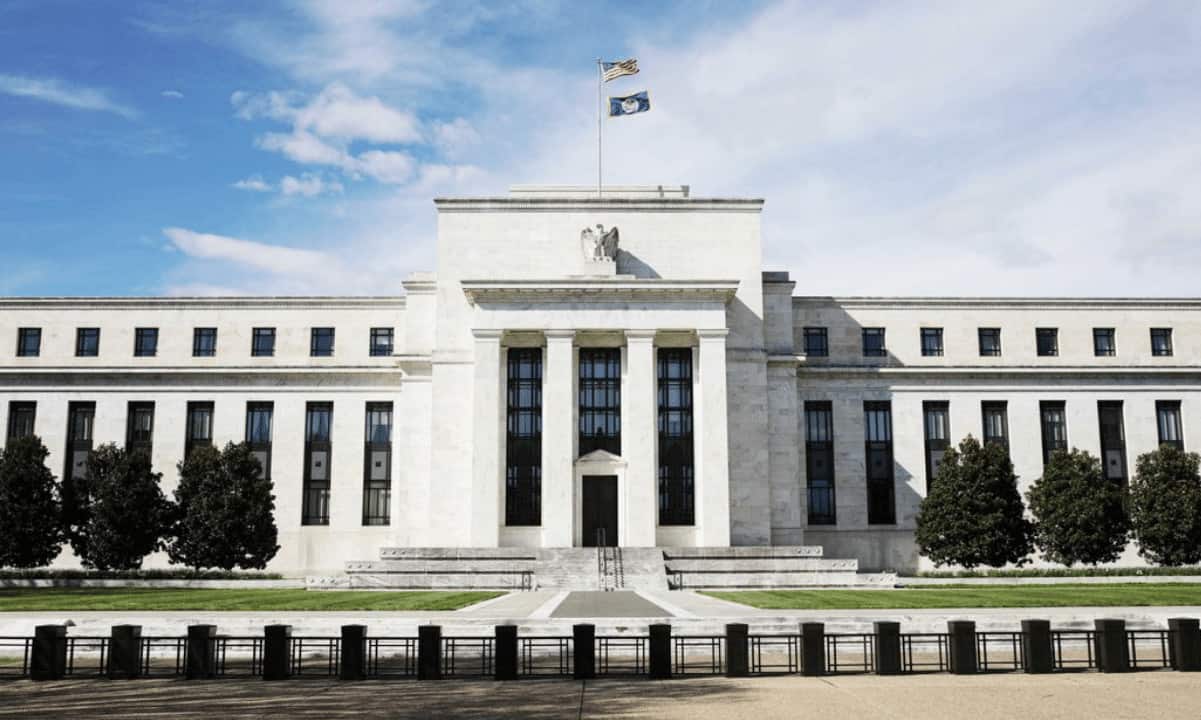Does low Bitcoin Floating supply spells trouble for crypto adoption?
Mainstream cryptocurrency might be further away than we think, according to new data that shows the floating supply of most significant cryptocurrencies is decreasing each year.
In traditional finance, ‘floating supply’ is defined as the number of shares of a publicly traded company available to trade (or the aggregate of securities believed to be available for immediate purchase, that is, in the hands of dealers and investors wanting to sell).
In cryptocurrency terms, this means the number of coins that are being traded by buyers and sellers, versus the coins merely being held.
Floating supply is a useful indicator of Bitcoin adoption because it shows us what most people who own Bitcoin are doing with it.
Unfortunately, the answer is nothing much in particular (besides speculative investing).

This chart indicates that a large portion of BTCs supply hasn’t moved in years. Each color represents a particular year that a portion of BTCs supply was traded. The smallest portion of the chart (light purple) represents the amount of BTC that was traded in 2018. From there you can see the darker purple portion represents the amount of Bitcoin traded in 2017. The light Blue portion represents the amount of BTC traded in 2016, and so on until 2010.
More people are HODLing
What we can deduce from the chart is that most people who gain access to BTC are choosing to hold it instead of trading it for fiat or everyday goods and services.
From 2010 to 2014, there was apparently more interest in using BTC as a medium of exchange. Then as its popularity picked up and more retail investors entered the market, those investors were more interested in BTC as a speculative asset that could one day be worth more than what they bought it for.
The charts for Litecoin and Doge show a similar trend:
Overall this does not paint a positive picture for the future of cryptocurrency adoption. The HODLing mindset can be a good thing because it shows faith in the long-term value of cryptocurrencies, but if buyers are not also willing to spend their crypto like a currency, then it will never rise to the valuations that they are expecting it to achieve in the coming years.
The post Does low Bitcoin Floating supply spells trouble for crypto adoption? appeared first on CryptoPotato.









